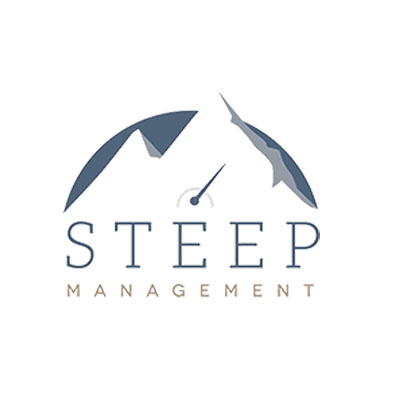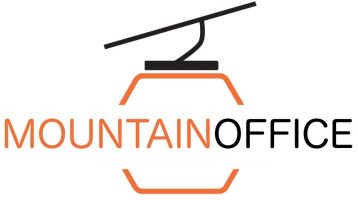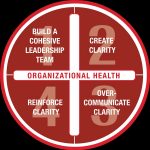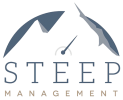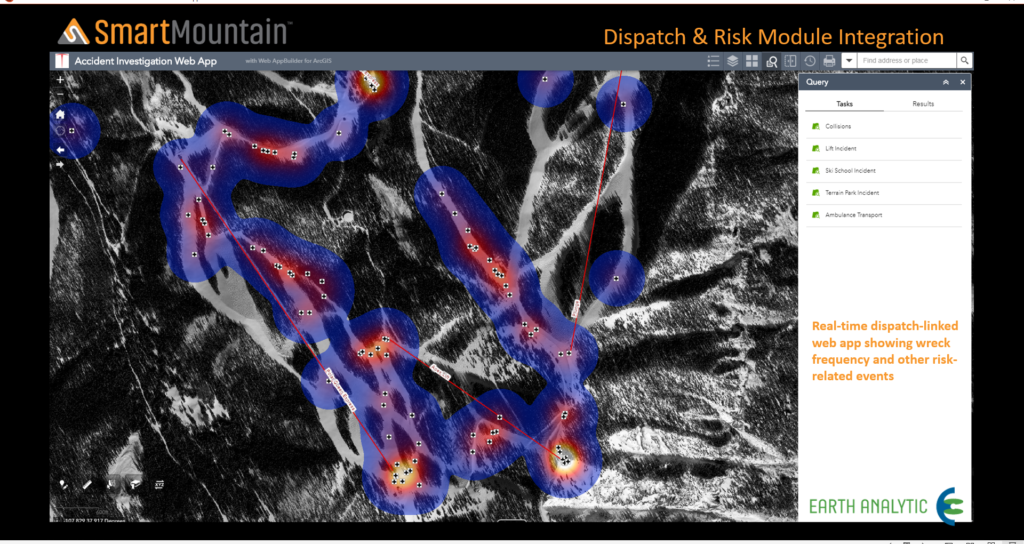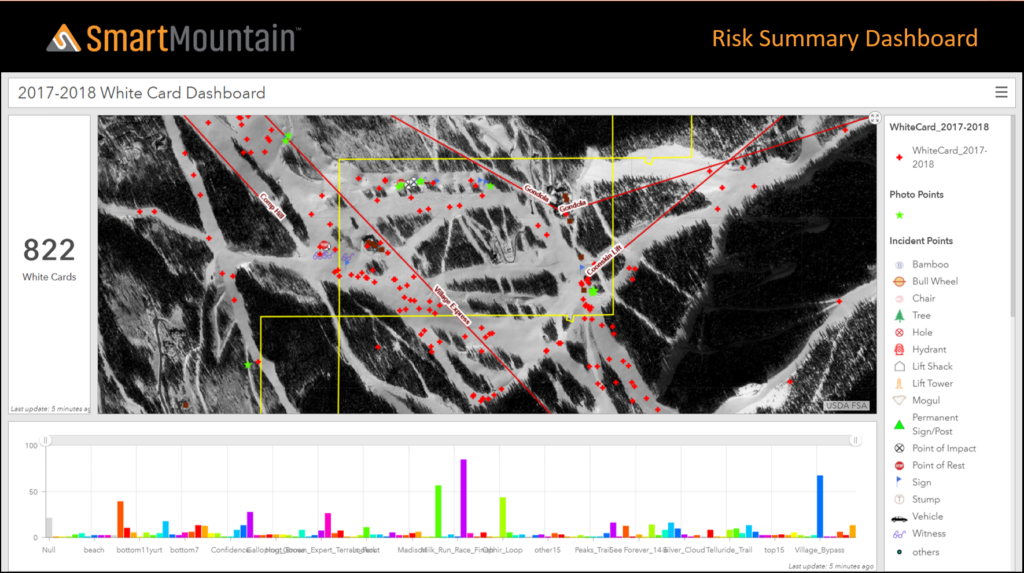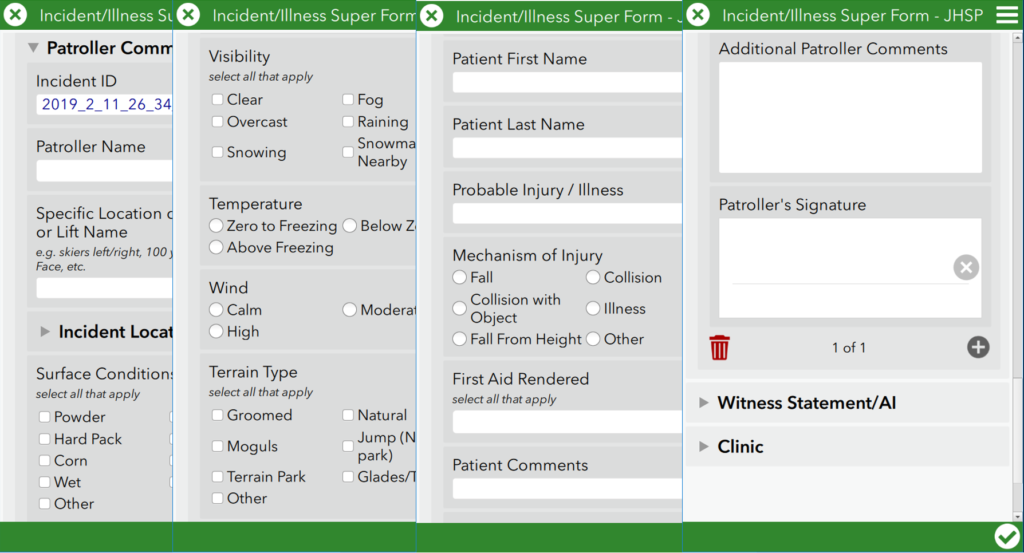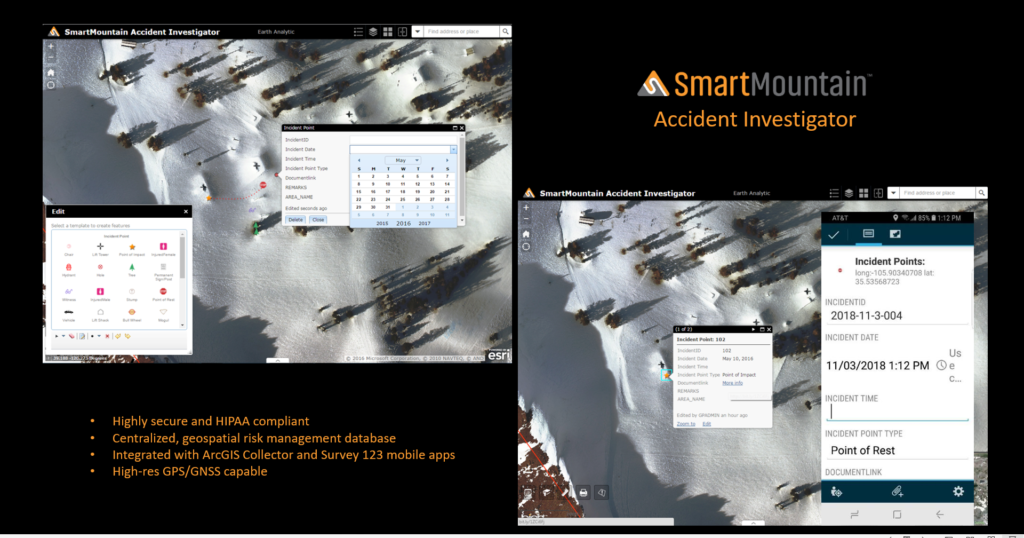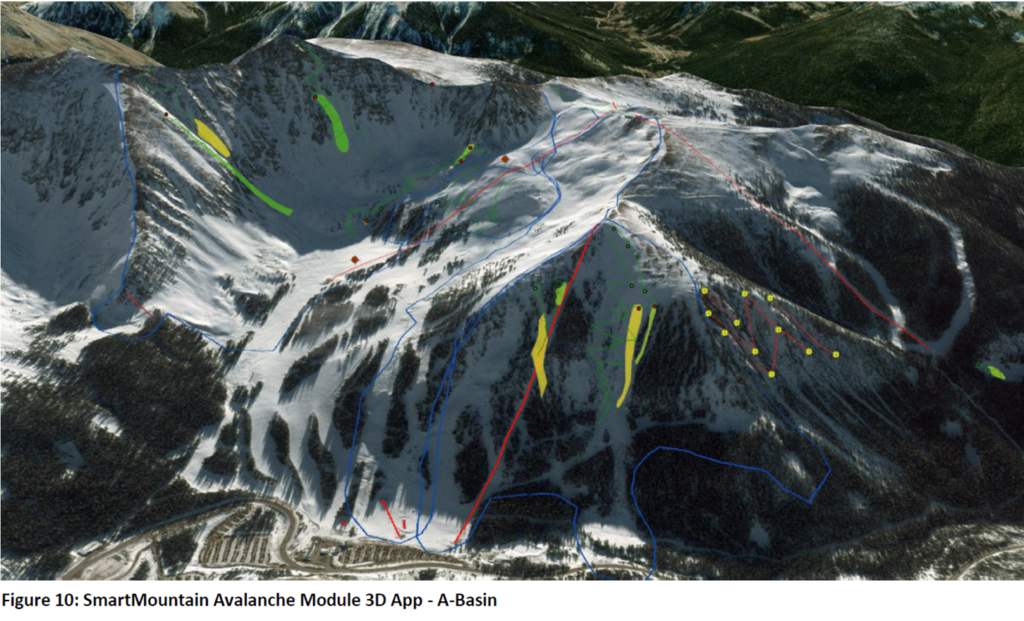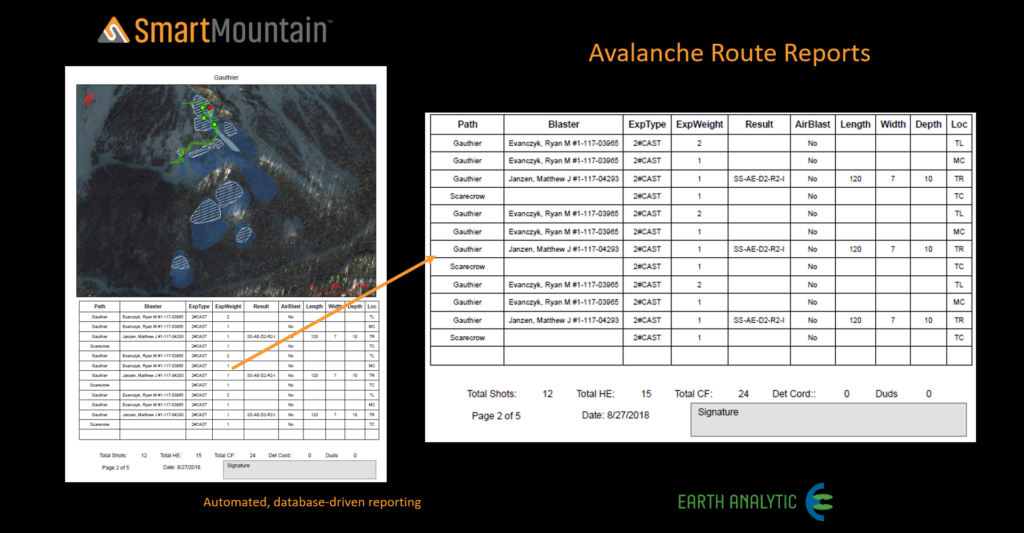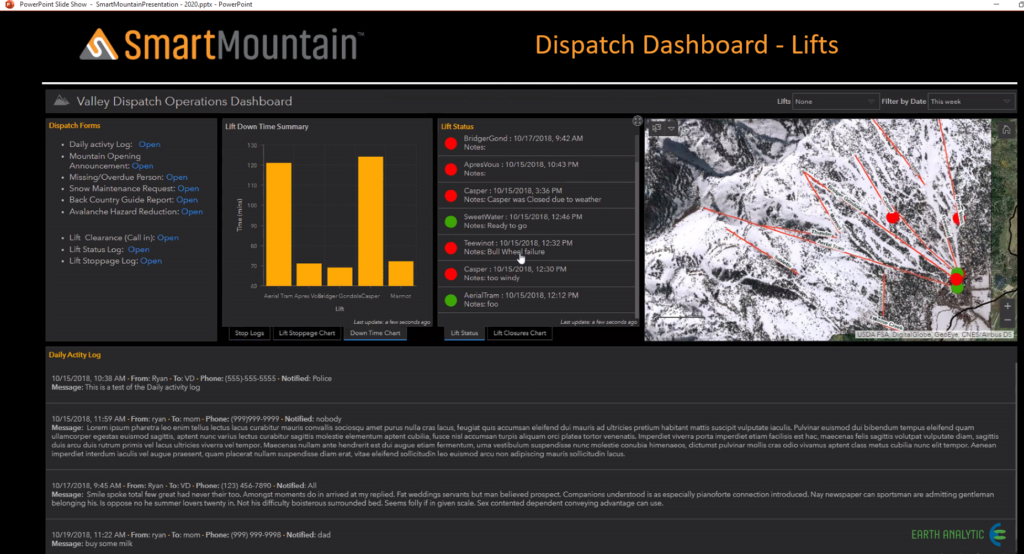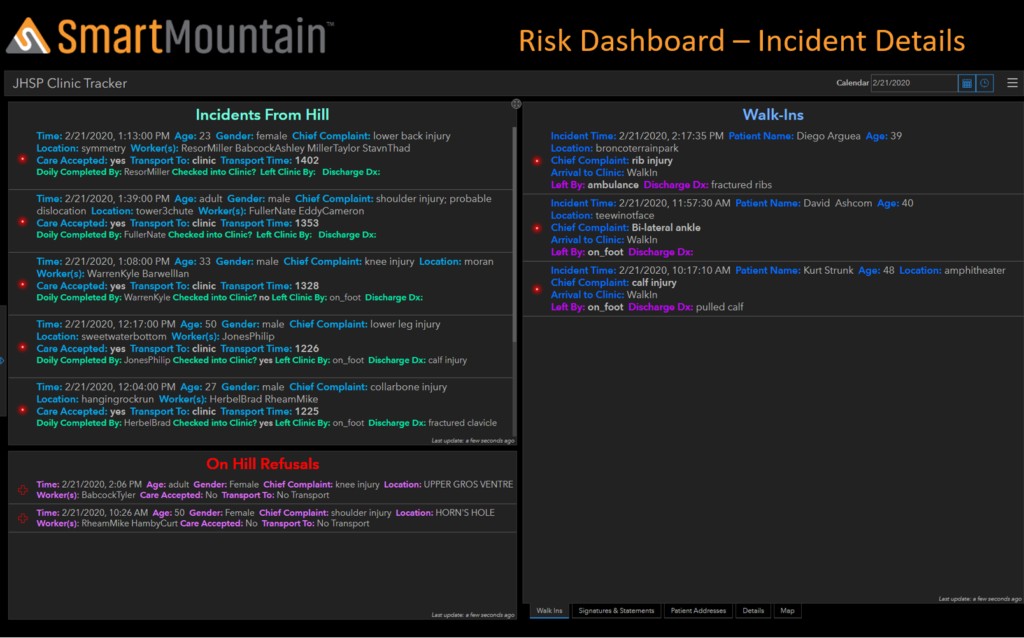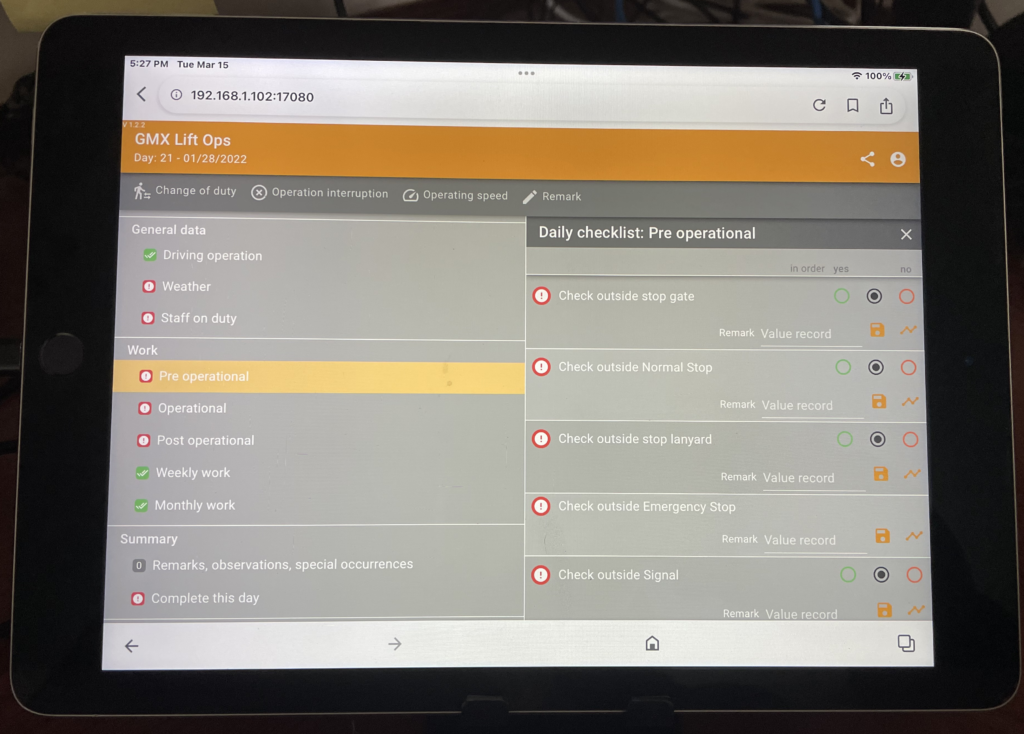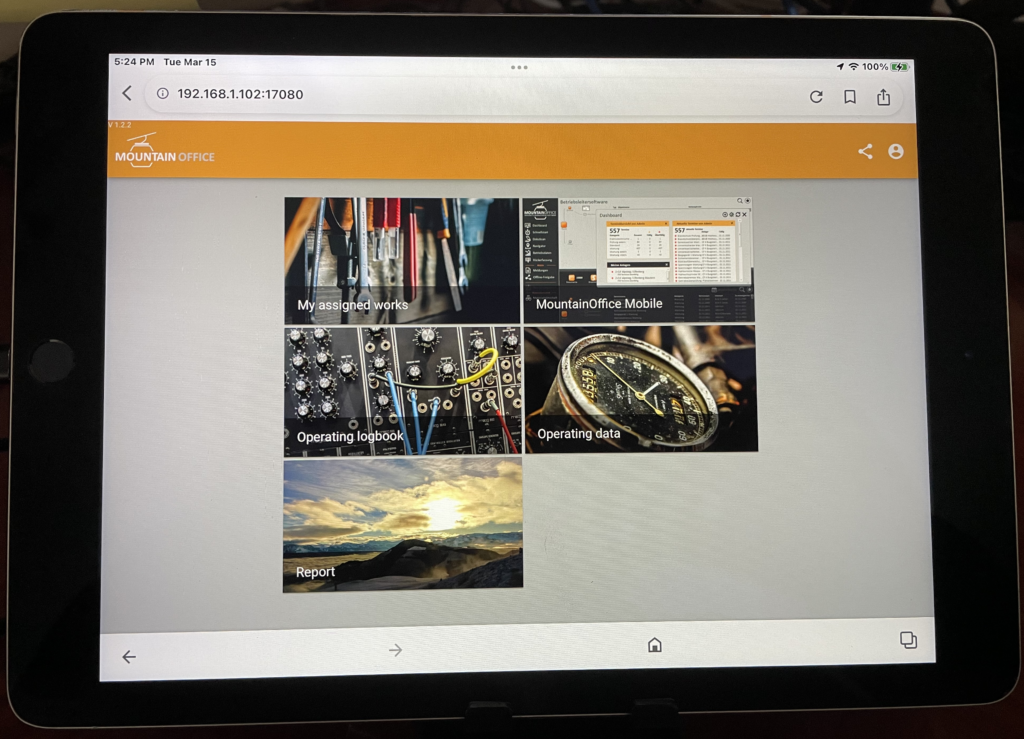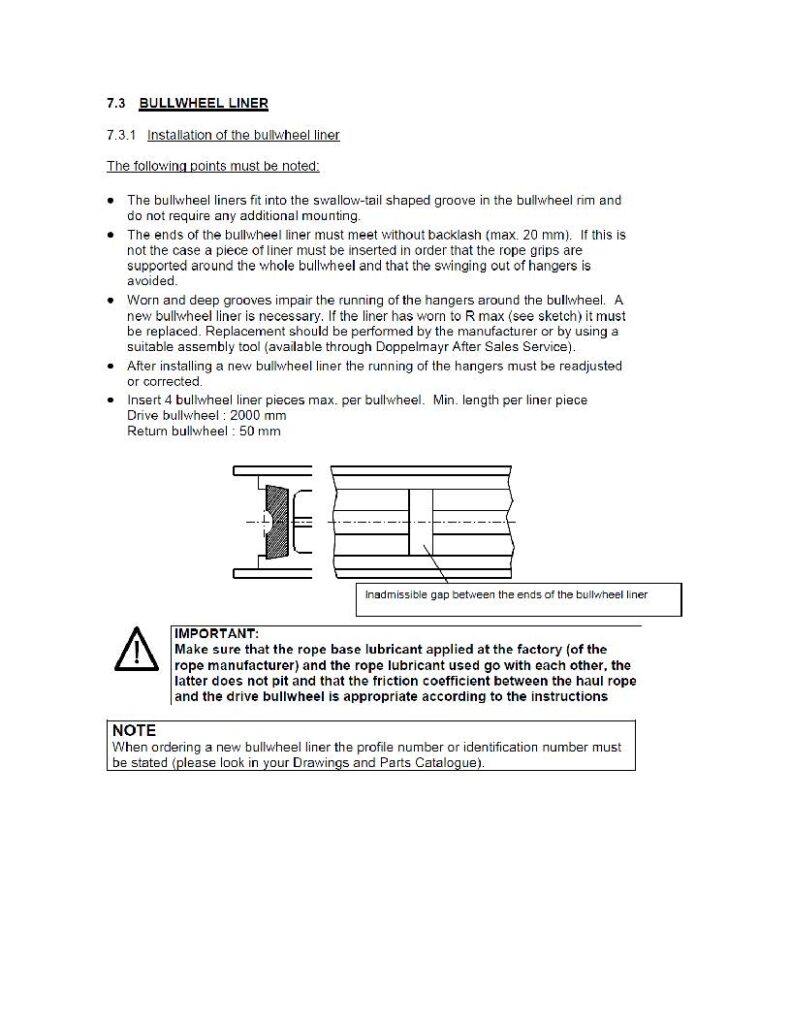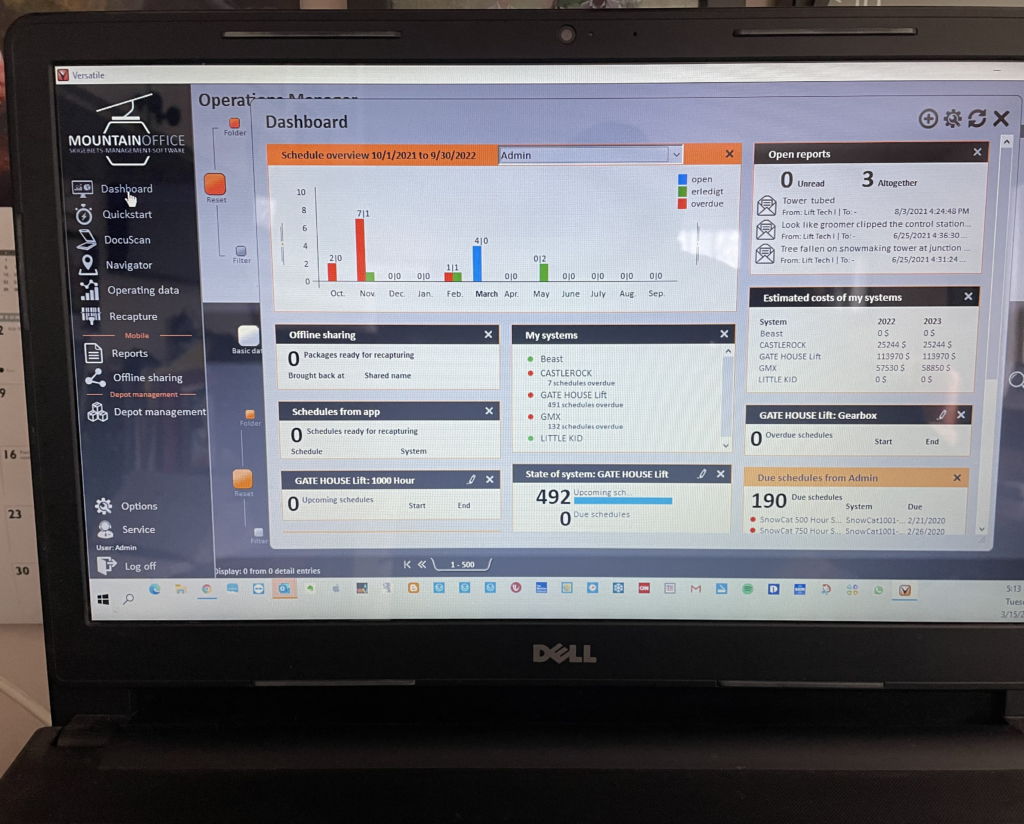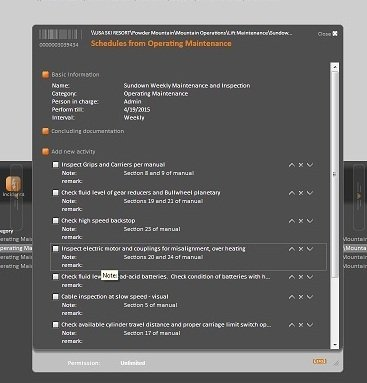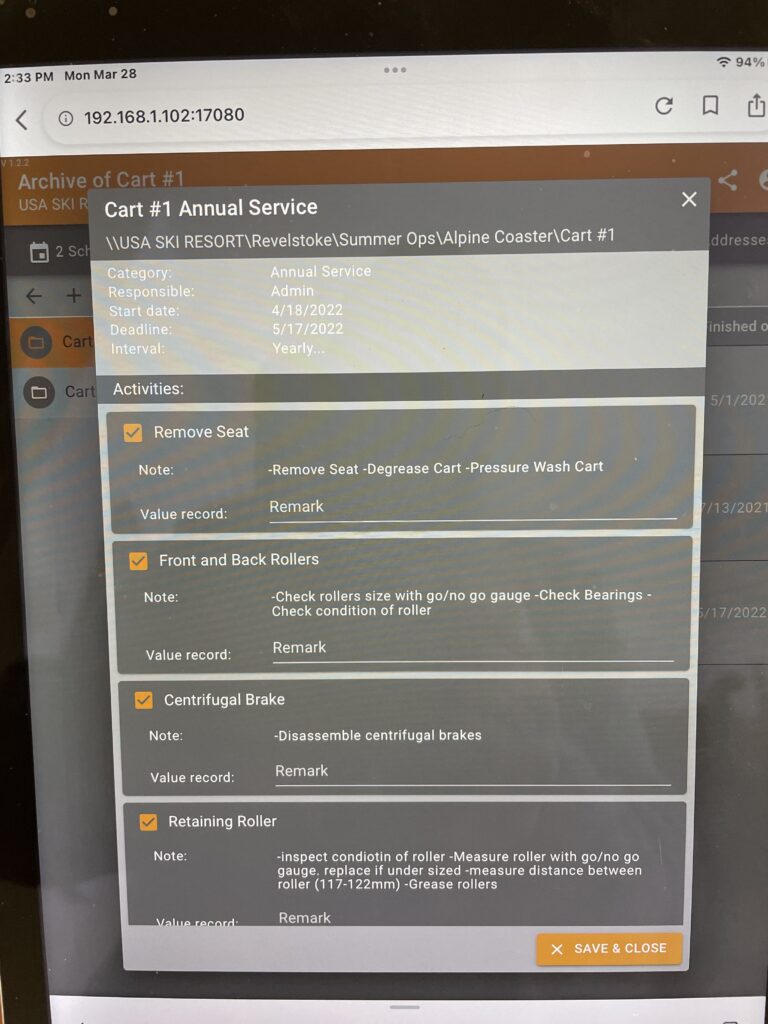Are you a fan of meetings?
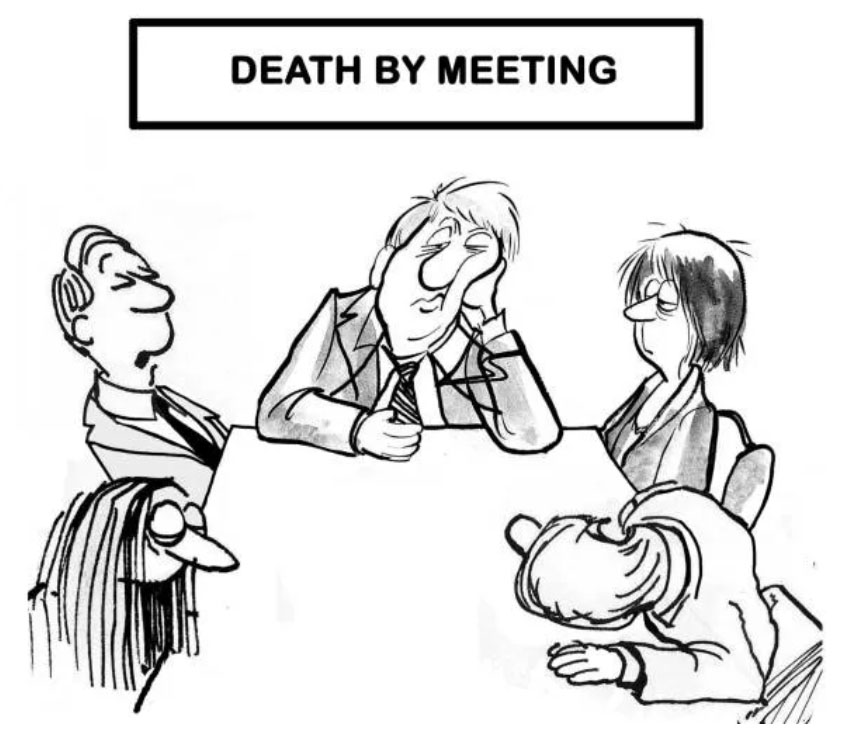
You should be. Meetings are the stage you work on if you are a manager, director, VP, GM, COO or CEO of a ski area. I know, you probably never thought of meetings that way. Meetings are a puzzling paradox. On one hand, they are critical. Meetings are the activity at the center of every ski area. On the other hand, meetings are painful. Frustratingly long and seemingly pointless.
Meetings are not inherently bad; it is how they are run and the leadership that is present at the meeting that make them good or bad. If there was a survey taken of ski area management, there is an exceedingly high degree of confidence that most survey takers would say that meetings are bad. So, why do we accept bad meetings? Can they be more productive and useful as well as interesting and fun? Yes, they can.
What makes meetings bad? To be blunt, they are boring and confusing. They are boring because they lack conflict or tension. When a group of staff at a ski area get together to talk about issues that matter, it is both natural and productive for disagreement to occur. Resolving those issues is what makes matters productive, engaging , even fun. Without that conflict or disagreement, the meetings tend to be boring.
Ironically, most leaders of meetings go out of their way to eliminate or minimize drama and avoid the healthy conflict that results from it. Which only drains the interest of those in the meeting. Avoiding the issues that merit debate and disagreement not only makes the meeting boring, it guarantees that the issues won’t be resolved. Everyone leaves the meeting without resolution. This is a recipe for frustration, back channel politics and finger pointing.
As for confusion, the weekly meeting at ski areas tends to mix everything from operations to finance to human resource issues, mixing tactical and strategic issues. This is better known as Meeting Stew. It is frustrating that full discussions don’t happen because the agenda has provided 90 minutes to really discuss maybe three hours’ worth of issues. So, anything near the end of the meeting gets shortchanged plus usually when you have a meeting with such a wide scope, the meeting goes off topic. Again, issues are not resolved, and decisions not made. Confusion.
The quality of your meetings = the quality of your decisions.
Here are two questions for you:
- How often at my meetings are the real issues not discussed?
- How often after my meeting, do we need to have a second meeting on the same subject, a meeting after a meeting?
It doesn’t have to be this way. The answers for having good meetings are quite simple. They do take some training, discipline, and a willingness to do things a bit differently. The average executive/manager spends about 30% of his or her time in meetings. Wouldn’t you want to improve the productivity of that time and most likely reduce the total time in meetings. It will only happen if you want it to.
- Step 1. There are skills that can be taught to your team on how to trust each other, vulnerably trust, so that conflict can be part of your meetings.
- Step 2. A meeting schedule that is simple can make the meeting much more productive and eliminate the meeting stew. Basically, the outline is this:
The Huddle – a daily meeting 5-15 minutes in length via in person, zoom, on the phone, whatever works where you discuss what is happening today and what needs to be done today. This eliminates the many phone calls, emails, and provides a better sense of direction for the day. These types of meetings should happen throughout the ski area, in mountain ops, ski school , rentals, marketing and all others.
The Tactical meeting – The most important is the weekly or bi-weekly tactical meeting, better known as the Staff meeting. This meeting is for running the business in the moment. This meeting doesn’t have an agenda. I know. This is a big hurdle and change. But think about it, you come to this meeting which begins with everyone sharing what they are doing for the week and what operational issues they have. Allot 3 minutes to each reporter, the leader then checks this input against the goals and objectives of the ski area for this time period. At this point an agenda can be determined, why are we on target, what do we need to do. You don’t want to go to a weekly tactical meeting and hear about a new 401K program or something else administrative. How do those discussions help you run the business in that week or the upcoming month? There is open discussion on what to do and who does what to get it done. All contribute, it does not matter if you are in marketing, accounting, or mountain ops. In this meeting there is no one on one with the leader and an attendee. If a new idea comes up that is strategic in nature that does not get discussed in this meeting, which leads to the next meeting type.
Ad Hoc Strategic meeting – this is a meeting that is determined by need. If there is something that is strategic that needs discussion, this is where this happens. These types of meeting may come about based on seasons, season pass and ticket pricing, capital planning, new programing, new direction for marketing. Typically, there may be information that needs researching premeeting and there could be premeeting reading required. These meeting are not necessarily recurring meetings; they are driven by need. These meeting should be 2-3 hours in length so the subject can be fully vetted, and resolution/decision achieved.
The Quarterly Offsite – this meeting is prescriptive in nature. It should be a half or full day meeting. It is not off to the golf course or a fancy destination. It is offsite but that can be at a hotel in the village or town. This is the meeting that everyone slows down and takes a breath to understand how they are doing, what needs attention and what are the plans to address the issues. I would suggest this offsite meeting for mainly the leadership team. Certainly, other departments like ski school, food and beverage, lodging, and mountain ops departments could have a quarterly meeting where they review the past quarter as to how they did, what were the challenges and what are upcoming needs. The main objective to slow down, take a breath and reflect on how you did.
I know, now you have 4 meetings you need to think about. I would bet that this meeting structure will save you time overall as your meetings will be productive, effective, and most likely fun. It is often asked what the best way is to evaluate a ski area and the answer is attend a ski area’s leadership meeting and you will have your answer.
